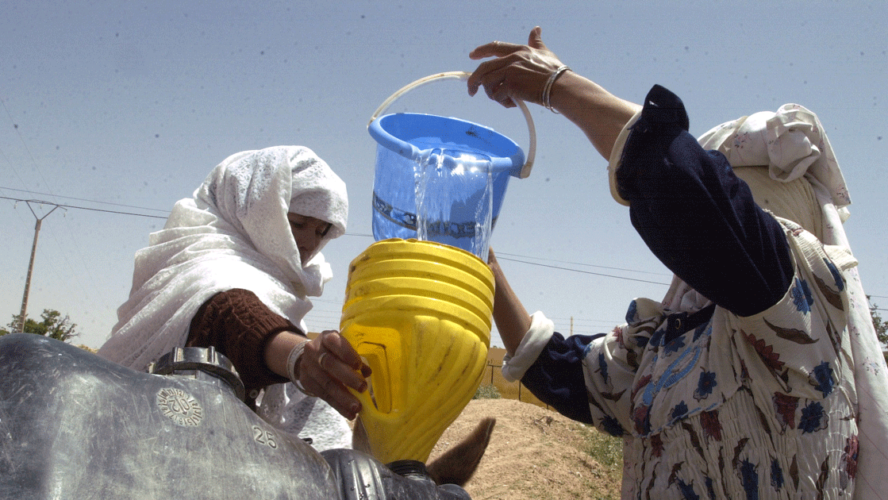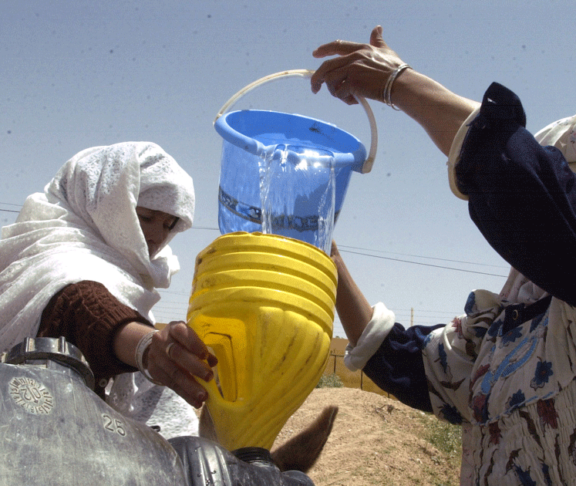
Sasha Koo-Oshima
Head of Water and Deputy Director, Land and Water Division, Food and Agriculture Organization of the United Nations
The global commitment for a shift towards more sustainable food systems has increased significantly over the recent years, as part of the collective efforts to accelerate targets laid out in the 2030 Agenda.
The increased commitment to sustainable food systems has been driven by evidence generated from the global community that currently the world is not on track to achieve most of the SDG targets, including those directly related to food systems and water.
Addressing food insecurity
For example, up to 811 million people were undernourished in 2020. Climate variability and extremes, conflict and economic slowdowns and downturns, now exacerbated by the COVID-19 pandemic, are major drivers of food insecurity, malnutrition and poverty. They are jeopardising global commitments to end world hunger and malnutrition in all its forms by 2030.
Achieving food security while using water resources in a sustainable manner is a major challenge for current and future generations, particularly as we face increased pressures such as economic and demographic growth and the climate crisis.
Water use for food production is being questioned continually as intersectoral competition for water intensifies
Role of agriculture
Agriculture is responsible for 70% of all freshwater withdrawals worldwide. However, water use for food production is being questioned continually as intersectoral competition for water intensifies and water scarcity increases in many regions where droughts, floods, storms and sea-levels have increased.1
Many ecosystems are now stressed to a critical point as published in FAO 2021 State of Land and Water for Food and Agriculture.2
Scaling up technology
With more than 95% of our food produced on limited land, a rapid scaling-up of technology and innovation is vital. This includes strengthening the digital architecture needed for systems management in providing basic data, information and science-based solutions towards digital agriculture that are climate-proofing.
WaPOR, FAO’s portal to monitor water productivity through open access of remotely sensed derived data, allows actors at different scales to improve their water management decisions through a climate lens. This is done through satellite remote sensing to assess evapotranspiration to derive at the best available indication for agriculture water consumption from field to basin levels.
Improved water allocation through WaPOR and its digital data can play an important role in valuing and making better use of water and to ensure equitable access to the resource while supporting its sustainability. Seizing the digital revolution, developments in water measurement, accounting and modelling technologies enable improved planning, water storage and allocation, allowing targeted investments geared towards the Sustainable Development Goals.
[1] OECD (2017), Water Risk Hotspots for Agriculture, OECD Studies on Water, OECD Publishing, Paris. https://dx.doi.org/10.1787/9789264279551-en.
[2] FAO State of Land and Water for Food and Agriculture Synthesis Report 2021 https://www.fao.org/3/cb7654en/online/cb7654en.html

